ศิลปิน: Paul Gauguin
วันที่: 1891
ขนาด: 90 x 130 cm
พิพิธภัณฑ์: Chrysler Museum of Art (United States)
เทคนิค: Oil On Canvas
This painting was produced in Paris in the brief period when Gauguin was interested in Symbolism. It depicts a Breton landscape with a naked young woman lying in the foreground. Behind her, a fox, the symbol of lust in Hindu mythology, can be seen. In the background, a wedding procession in Breton costumes is approaching the nude. This was Gauguin's last major work produced before he left for Tahiti at the beginning of April 1891. Although it depicts a Breton scene - the figures in the background are often thought to be an ironical depiction of a wedding party - the work was produced in Paris, using Gauguin's 20-year old mistress, Juliette Huet, whom he left pregnant with his child when he went to Tahiti. The obvious precedent for the reclining female nude was Manet's Olympia, which had finally been bought by the French state. The work is a deliberate attempt at a symbolist painting, produced to appeal to the literary figures who were Gauguin's main supporters at this time. As such, the work is rather laboured in its use of symbolism, in which rather than creating a mood as was more customary, Gauguin has proceeded by a series of easily discernible visual clues. The fox, for example, with his hand on the woman's breast, is both demonic and lubricious, and the red-tipped cyclamen is a reference to the girl's recent defloration.
ศิลปิน |
|
|---|---|
ดาวน์โหลด |
|
สิทธิ์ |
ฟรีสำหรับการใช้ที่ไม่ใช่เชิงพาณิชย์ ดูด้านล่าง |
Paul Gauguin – งานศิลปะเข้าชมมากที่สุด
|
This image (or other media file) is in the public domain because its copyright has expired. However - you may not use this image for commercial purposes and you may not alter the image or remove the watermark. This applies to the United States, Canada, the European Union and those countries with a copyright term of life of the author plus 70 years.
|
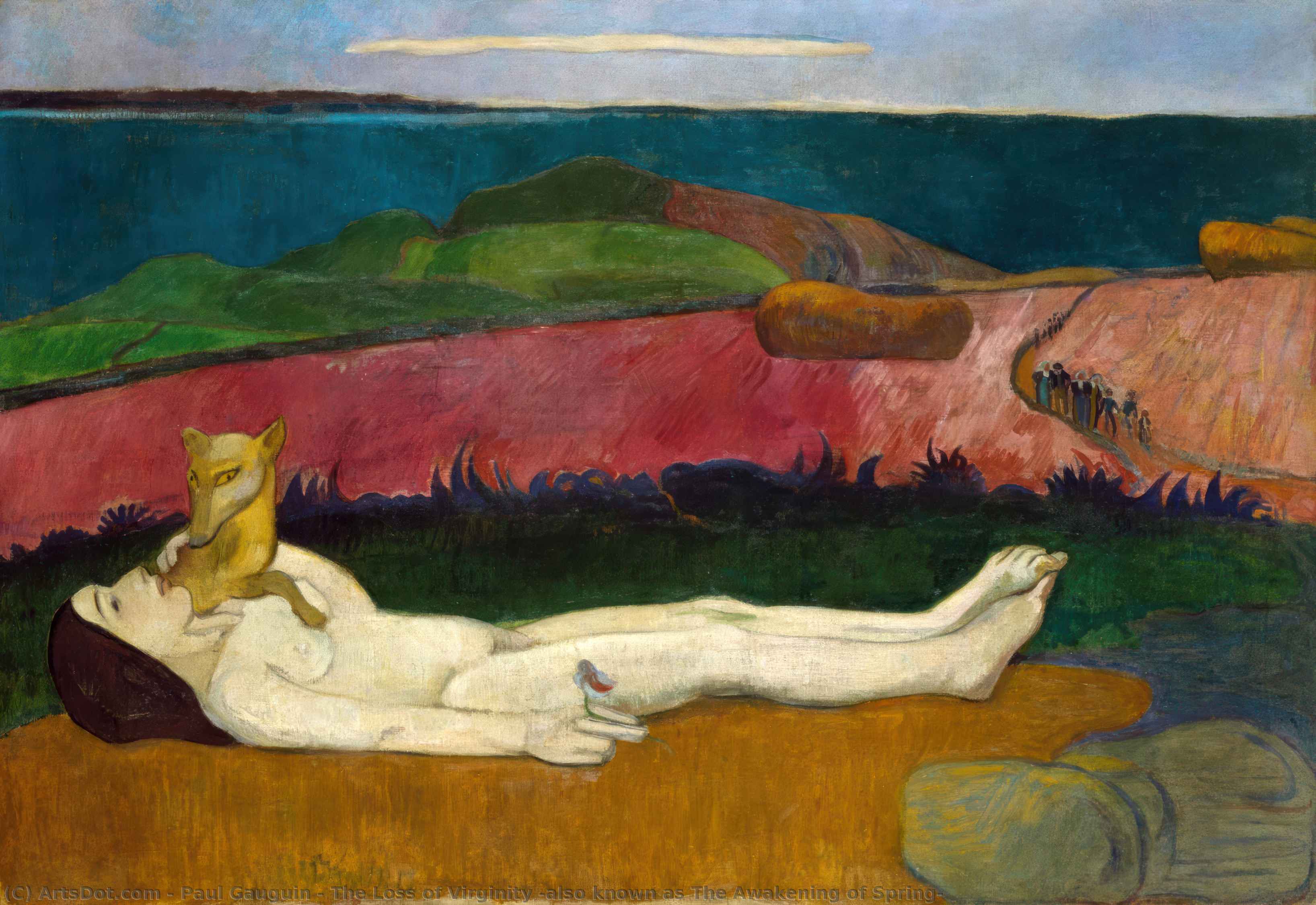

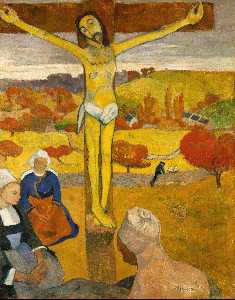
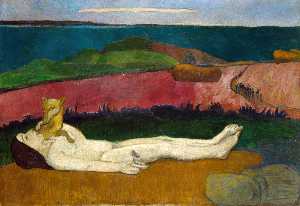
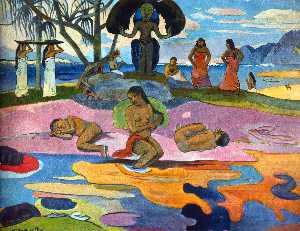
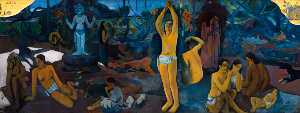


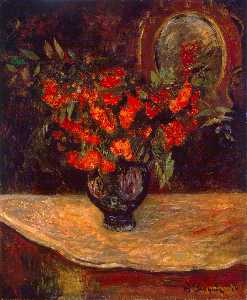
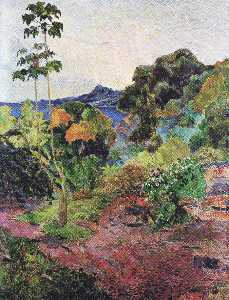
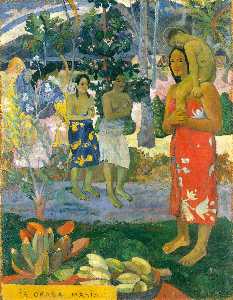
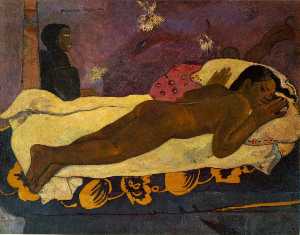
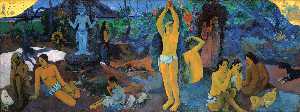
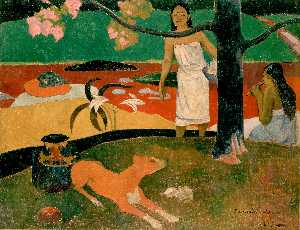
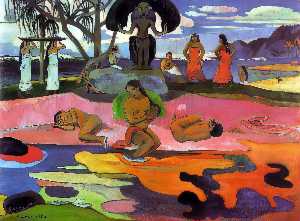
 Note that a few countries have copyright terms longer than 70 years: Mexico has 100 years, Colombia has 80 years, and Guatemala and Samoa have 75 years. This image may
not be in the public domain in these countries, which moreover do not implement the
Note that a few countries have copyright terms longer than 70 years: Mexico has 100 years, Colombia has 80 years, and Guatemala and Samoa have 75 years. This image may
not be in the public domain in these countries, which moreover do not implement the